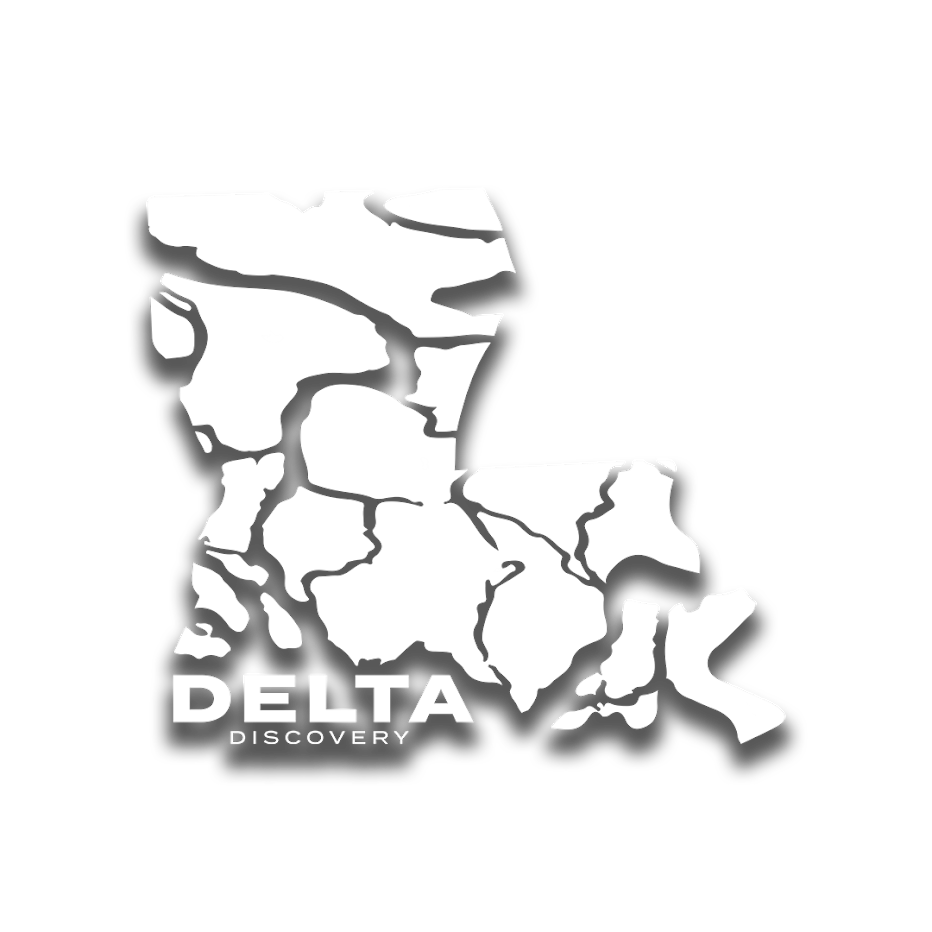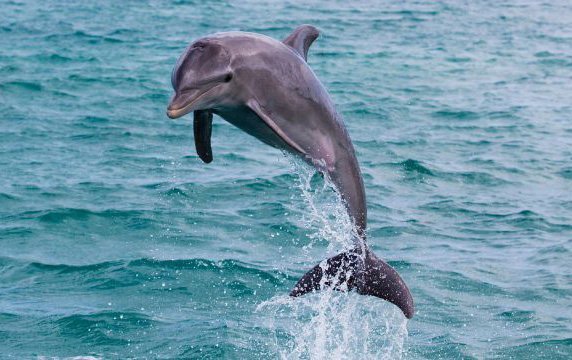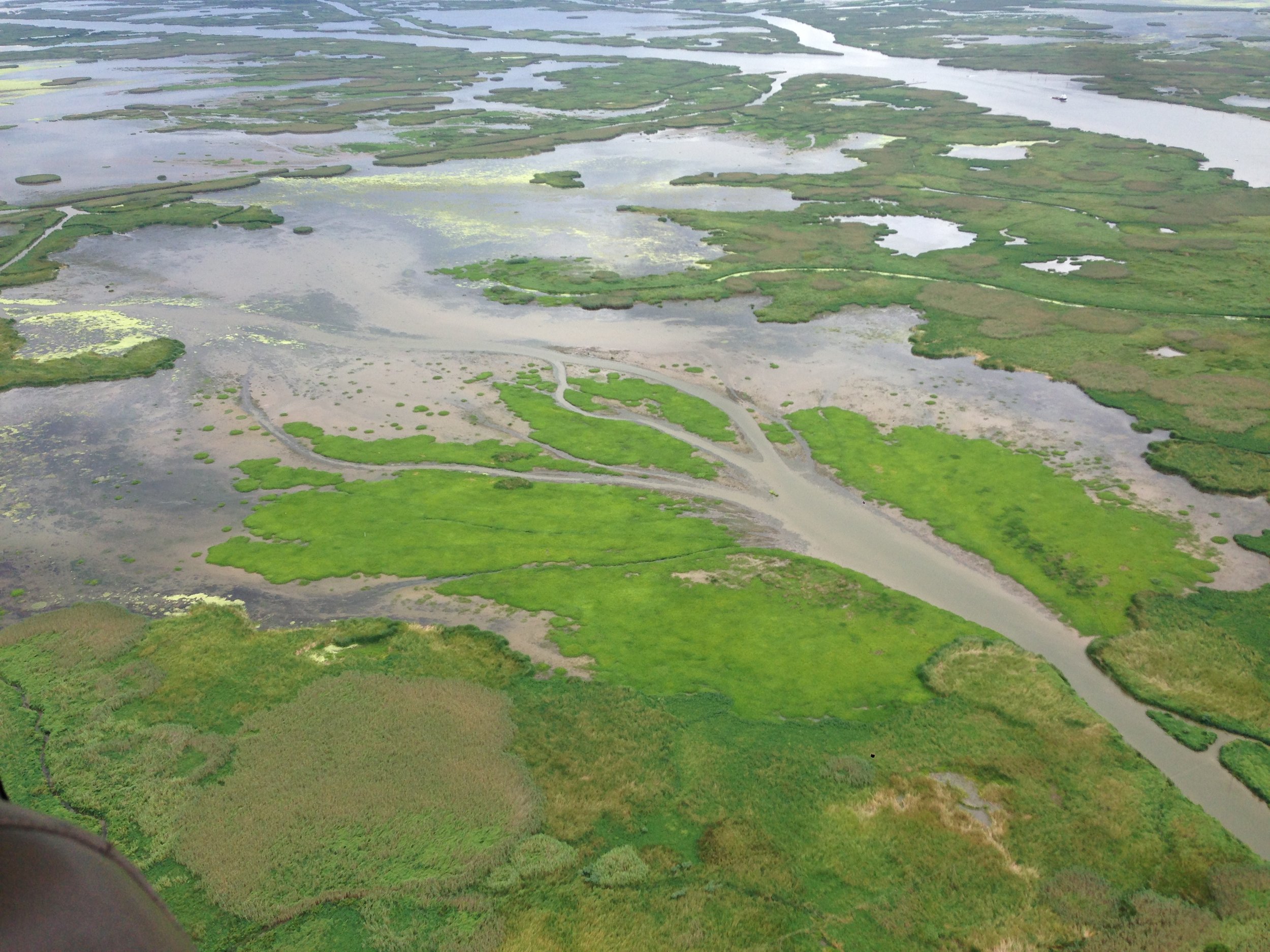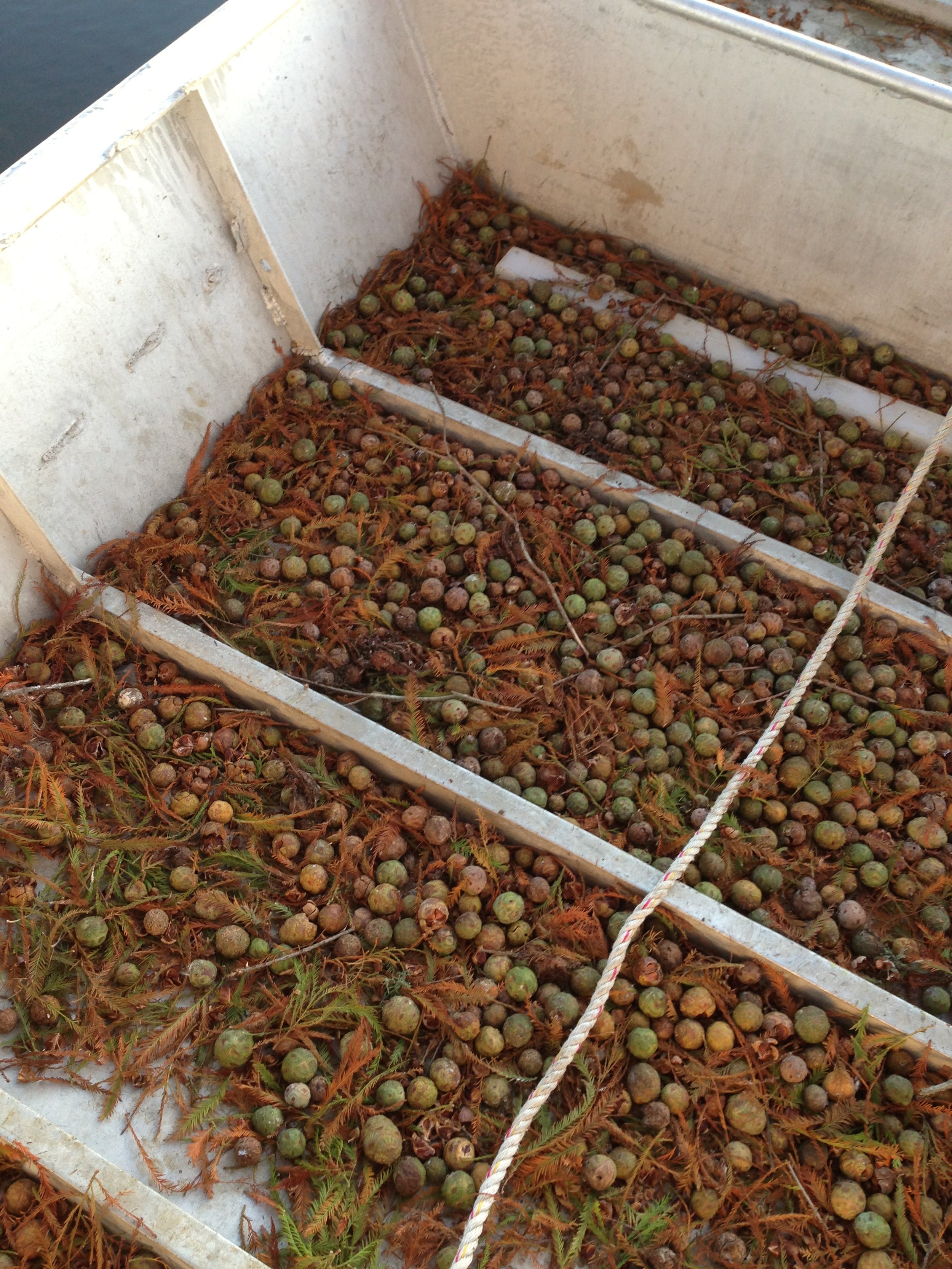Delta Discovery Tours
“ If you're looking to take an educational tour of Louisiana's wetlands, you have come to the right place. Now, time to pick your ideal coastal experience. ”
It is no secret that any trip with Delta Discovery Tours is a unique experience, unlike any other. On any ecotour you choose to take with Captain Richie Blink and the growing Delta Discovery Tours team, you are sure to have a memorable time and leave with a whole new perspective of the Mississippi River Delta. In this rapidly changing landscape, what you saw ten years ago may not be the same as what you see today or what you’ll see ten years from now. This is not your run-of-the-mill swamp tour. Each experience is tailored to your interests, guided by an expert in this area. Just a short drive from New Orleans, these eco-adventures offer an entirely different way to experience the coast. If you're looking to take an educational tour of Louisiana's wetlands, you have come to the right place. Now, time to pick your ideal coastal experience.
Delta Discovery Tours offers a range of excursions. From the most popular Delta Circumnavigation trip to Overnight Beach Camping, there is something for everyone. Here's a quick overview of each trip to help you narrow it down. Not to worry, though; any tour you take is sure to be a worthwhile adventure!
A quick 3-hour trip into the delta, this dolphin excursion is perfect for families with younger children. At $100 per adult and $50 per kid (10 and under), it is the most cost-effective trip offered. This dolphin tour is the only of its kind in the area and visitors are sure to see an abundance of playful pods. Take a break from the hustle and bustle of the French Quarter and escape to a little slice of heaven.
This 6-hour trip is the most comprehensive on-the-water ecotour experience in Louisiana. This tour takes visitors to each coastal subtype in the Mississippi River Delta- from the river itself to barrier islands, and the marshes and swamps in between. Visitors explore geologic and human history on this sixty-mile route with a highly experienced tour guide. This totally immersive encounter is ideal for individuals or groups looking to see the stunning wildlife and vast wetlands of this robust, working coast. It is simply a one-of-a-kind adventure, making it our most popular excursion.
This 6-hour, 60-mile trip is for the birding enthusiast, avid birdwatcher, and photographer. An experienced guide will transport guests throughout the Mississippi River Delta from the river to the barrier islands, stopping along the way to appreciate the vibrant wetlands that give way to these feathered friends. The delta is home to thousands of wintering waterfowl, wading birds, secretive marsh birds, raptors, shorebirds, and more; making this birding excursion a special experience for any level birder. On this birding tour, guests are likely to see endangered species and even migratory visitors depending on the time of year.
This trip is a 60-mile loop for anyone interested in visiting the mouth of the Mississippi. Experience as the water shifts from fresh to salty when the river meets the ocean and check this off your bucket list. This mighty Mississippi River, which begins as a trickle in Minnesota and works its way down to the Gulf draining a whopping 33 states on its way, is a vital piece of Louisiana culture. This 6-hour tour is layered in natural and human history and is perfect for couples or groups.
This camping excursion is for the avid adventurer, interested in spending time immersed in the wilderness of the Mississippi River Delta. This trek down to the southernmost point in Louisiana gives visitors a unique opportunity to explore uninhabited beaches, see the Milky Way, and unplug on the edge of the continent. This Mississippi River camping trip is weather and water-level dependent, which means visitors need to remain flexible. Nothing about this experience is cookie-cutter. Changes to the route, camping areas, and itinerary happen often to adjust to changing tides, winds, and weather. These trips are run in cooler months from October 1st until March 31st and are perfect for couples or groups looking for an experience of a lifetime.
If you are journeying from the start of the Mississippi to the mouth by paddleboard, then this arrangement is for you. In this feat of human achievement, you dodged weather and barges. You have made it through long stints in the wilderness with just your craft and wits. There is one last detail, how to get back upstream the roughly twenty-five water miles past the nearest road? After paddling for sixty to eighty days, a ride back upstream is a welcomed luxury. Delta Discovery Tours is happy to accommodate. At the end of your paddle adventure, your friendly captain will be there to greet you with a warm smile and a way home.
Submit a trip inquiry to book your next school field trip, artist outing, research exploration, photography adventure, film trip, or fun excursion outside of New Orleans. We are happy to accommodate the perfect trip for artists, students, scientists, photographers, researchers, filmmakers, travelers, and explorers. You must provide your own travel accommodations to Venice, LA.


















